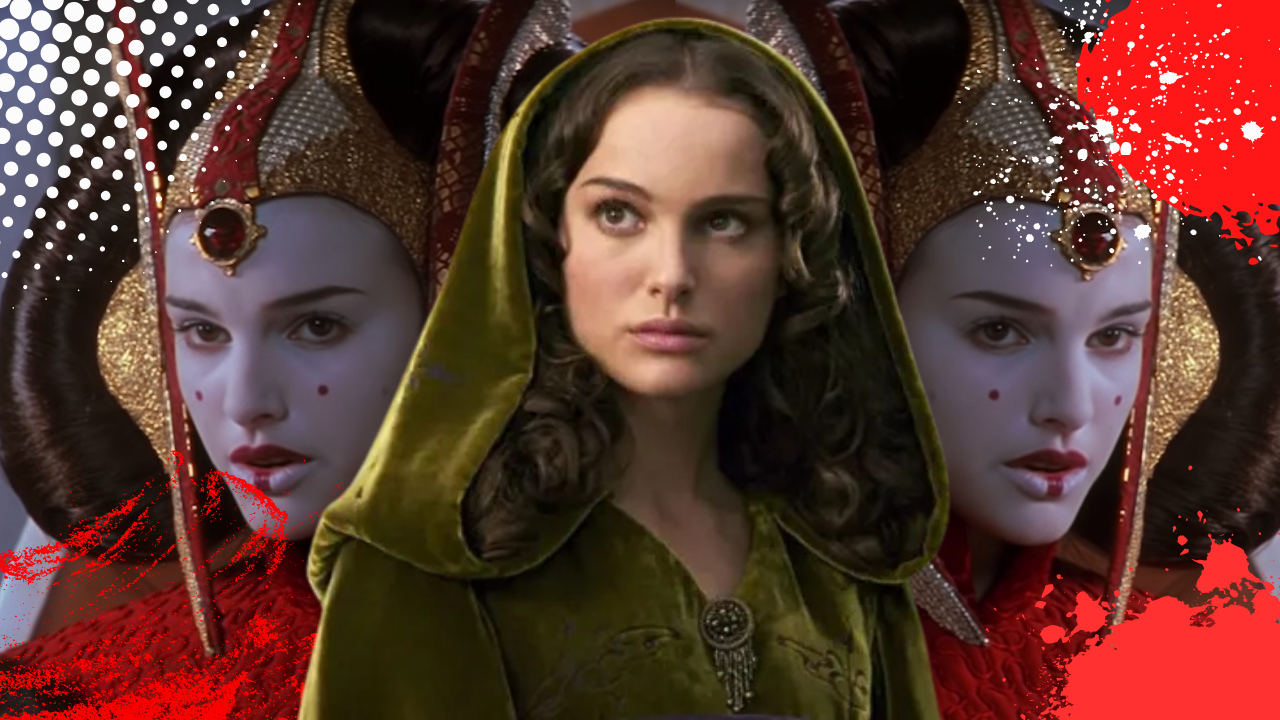Sailor Moon, one of the most iconic and influential series in the world of anime and manga, was created by Naoko Takeuchi. Born on March 15, 1967, in Kofu, Yamanashi, Japan, Takeuchi was fascinated by astronomy and mythology from a young age, interests that would later influence her work. She studied chemistry at Kyoritsu University of Pharmacy, initially planning for a career in pharmacology, but her passion for storytelling led her to pursue manga.
Takeuchi’s early works, such as “Maria,” “The Cherry Project,” and “Codename: Sailor V,” laid the foundation for what would become Sailor Moon. “Codename: Sailor V” featured Minako Aino, a teenage girl who transforms into the superhero Sailor V. The success of this series inspired Takeuchi and her editor, Fumio Osano, to expand the concept into a team-based series, leading to the birth of Sailor Moon.
Sailor Moon follows the adventures of Usagi Tsukino, a clumsy but kind-hearted teenage girl who transforms into the titular superheroine to battle evil forces. The series incorporates elements of magic, romance, and mythological themes, drawing heavily from Greco-Roman mythology, Japanese folklore, and even modern astronomy.
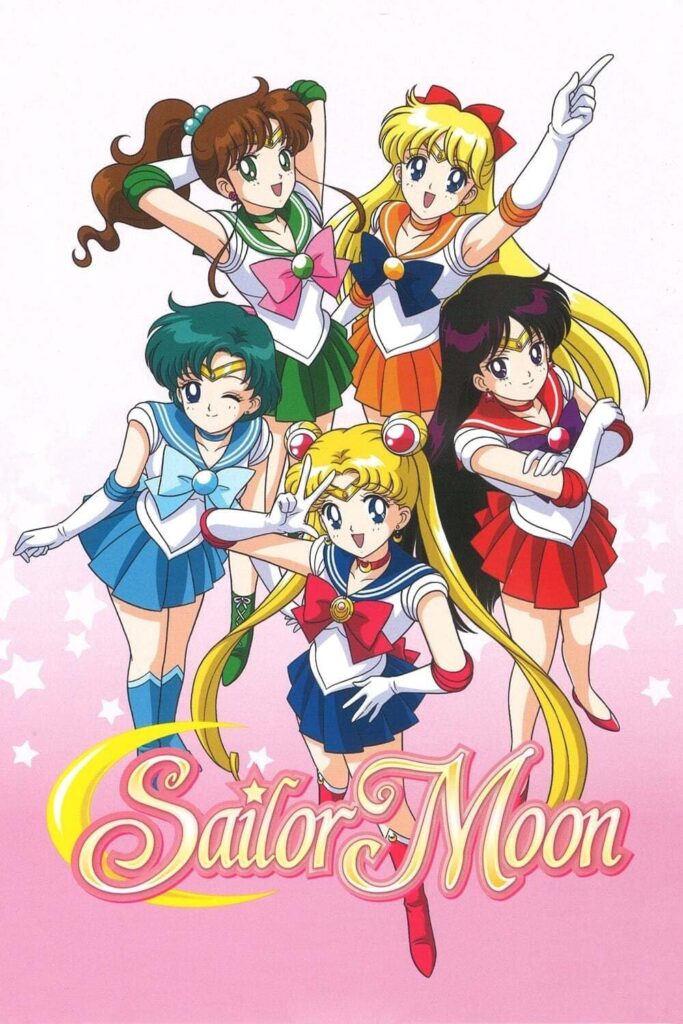
Takeuchi’s design for the characters was revolutionary. Each Sailor Guardian (also known as Sailor Senshi) represents a celestial body and embodies a specific color scheme, personality trait, and set of powers. The main characters include:
Sailor Moon (Usagi Tsukino): The Moon, leader of the Sailor Guardians, known for her loving heart and powerful attacks.
Sailor Mercury (Ami Mizuno): Representing Mercury, she is the brains of the group, specializing in water and ice attacks.
Sailor Mars (Rei Hino): Representing Mars, she is a shrine maiden with psychic abilities and fire-based attacks.
Sailor Jupiter (Makoto Kino): Representing Jupiter, she is known for her strength and electric-based powers.
Sailor Venus (Minako Aino): Originally Sailor V, she represents Venus and specializes in love and light-based powers.
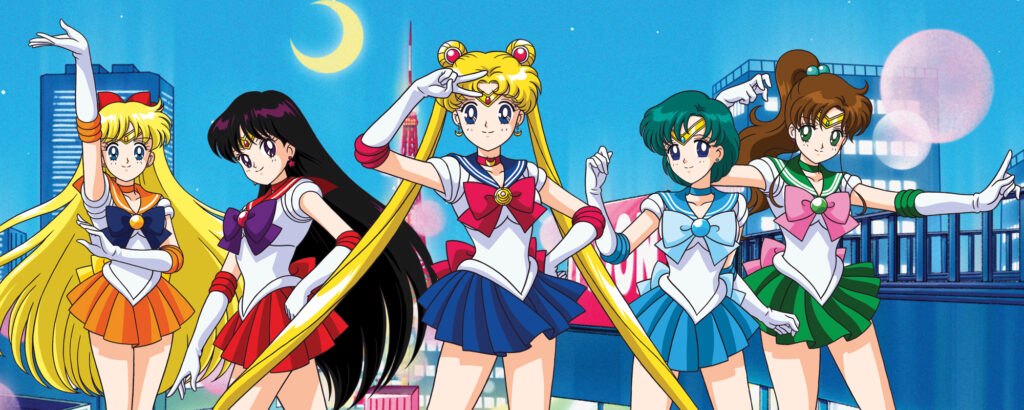
The Sailor Moon manga debuted in Nakayoshi, a popular Japanese magazine, in 1991. Serialized from 1991 to 1997, the manga consists of 52 chapters compiled into 18 volumes.
The manga’s blend of action, romance, and well-developed characters resonated with readers, making it a commercial success and establishing Takeuchi as a prominent manga artist.
Due to the manga’s success, Toei Animation adapted Sailor Moon into an anime series, which aired from 1992 to 1997. The anime closely followed the manga’s storylines but included some deviations and filler episodes to extend its run.
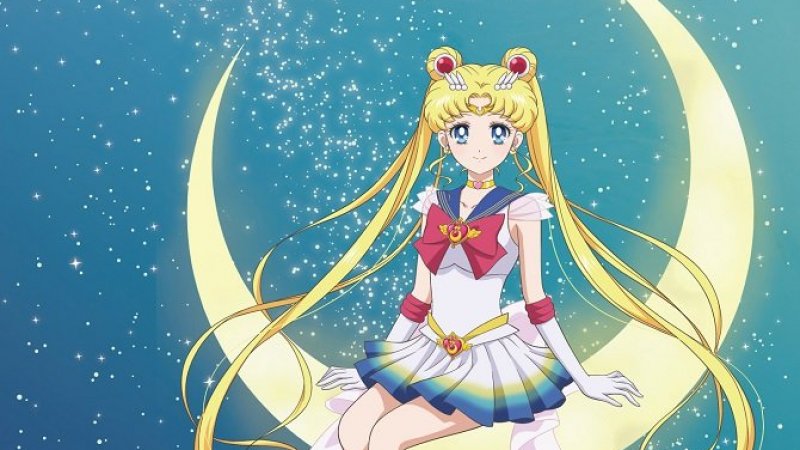
The anime’s vibrant animation, memorable music, and compelling storytelling captivated audiences worldwide. It introduced the magical girl (mahō shōjo) genre to a global audience and inspired countless other series.
Sailor Moon has had a profound cultural impact, influencing fashion, media, and even social issues. The series promoted themes of friendship, love, and empowerment, encouraging young girls to be confident and pursue their dreams. It also tackled complex issues such as identity, sacrifice, and the balance of power and responsibility.
The diverse cast of characters, including strong female leads and LGBTQ+ representation (e.g., Sailor Uranus and Sailor Neptune’s relationship), helped broaden the scope of representation in media. The series’ success paved the way for other female-centric anime and manga, contributing to the genre’s growth and popularity.
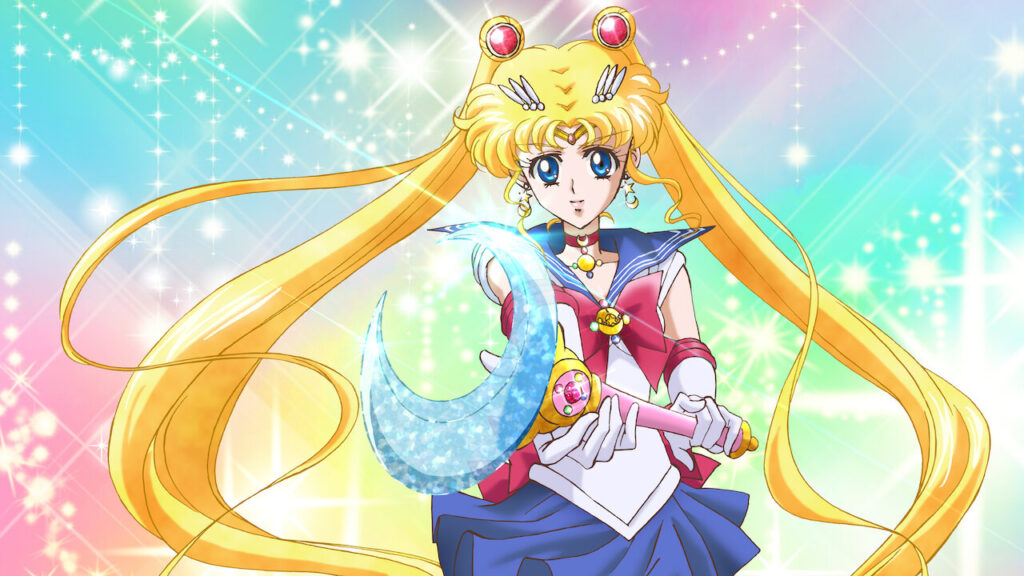
The popularity of Sailor Moon led to a wide range of merchandise, including toys, clothing, accessories, and more. One of the most notable expansion sets is the “Sailor Moon Crystal” series, a reboot of the original anime that closely follows the manga’s storyline. “Sailor Moon Crystal” began airing in 2014 and introduced a new generation to the series while satisfying longtime fans with its faithful adaptation.
Sailor Moon remains a beloved series with a lasting legacy. The series continues to attract new fans through re-releases of the manga, anime, and merchandise. Special events, collaborations, and anniversary celebrations keep the series relevant and in the public eye.
The influence of Sailor Moon extends beyond entertainment. It has inspired academic studies, feminist discussions, and even fashion trends. The character of Sailor Moon (Usagi Tsukino) is often seen as a symbol of empowerment, resilience, and kindness, resonating with fans across generations.
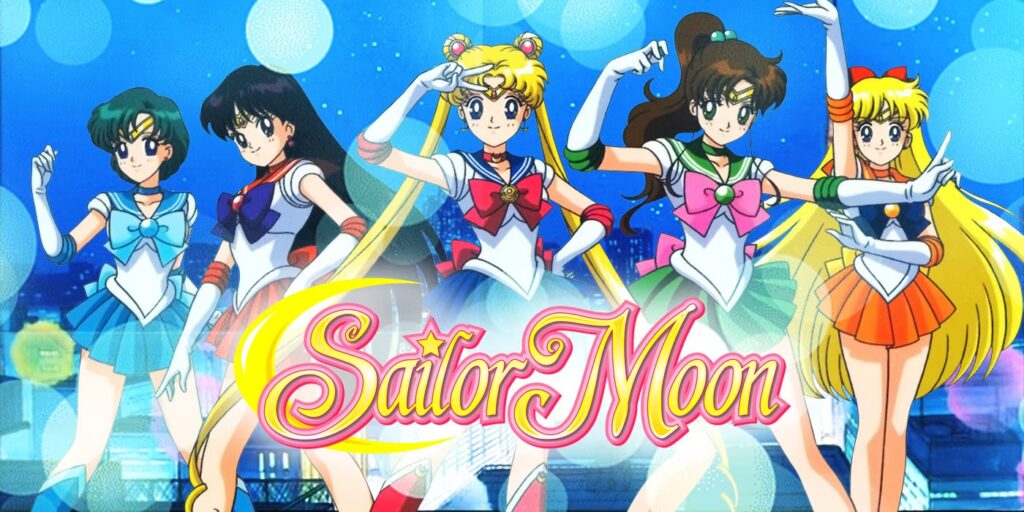
The history of Sailor Moon is a testament to the power of storytelling and the impact of well-crafted characters. From its origins in the imagination of Naoko Takeuchi to its status as a global phenomenon, Sailor Moon has left an indelible mark on popular culture. Its themes of love, friendship, and courage continue to inspire and entertain, ensuring that the series will be cherished for years to come.
Whether through the pages of the manga, the episodes of the anime, or the myriad of merchandise and adaptations, Sailor Moon invites fans to believe in themselves and the magic of the universe. As long as there are fans who hold the series dear, the legacy of Sailor Moon will shine brightly like the moon itself.


